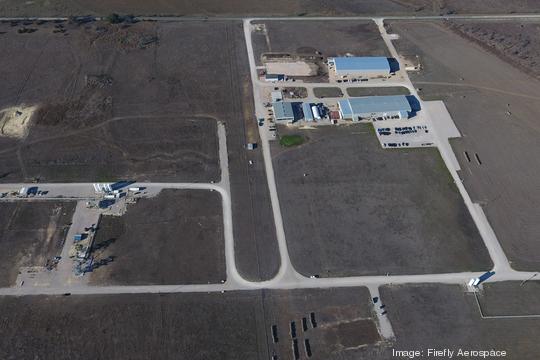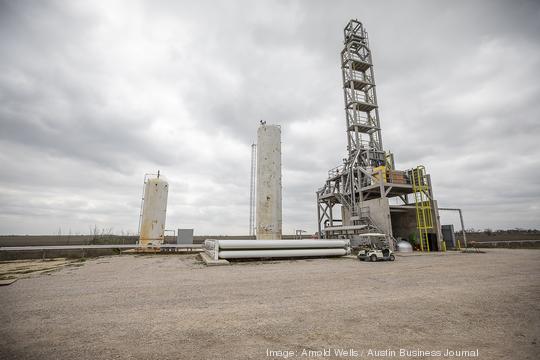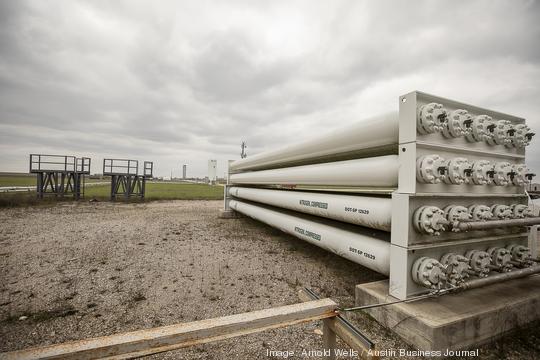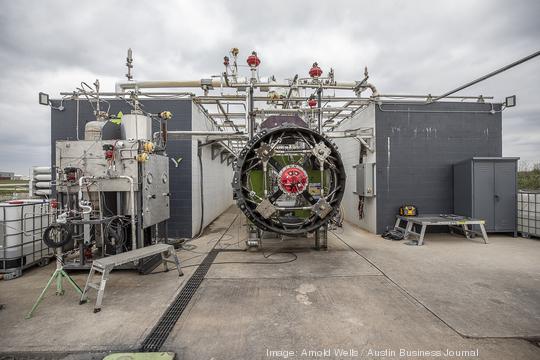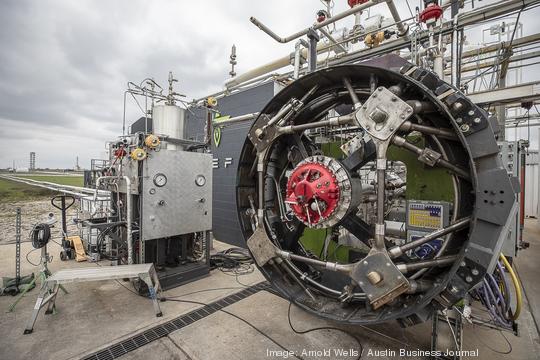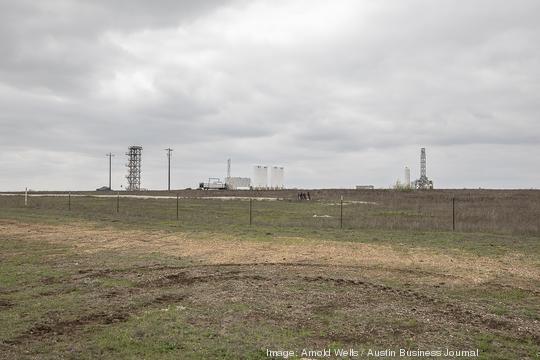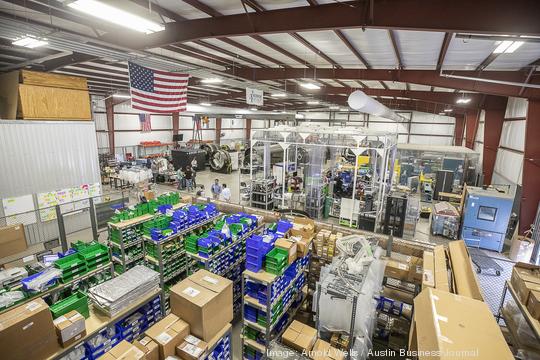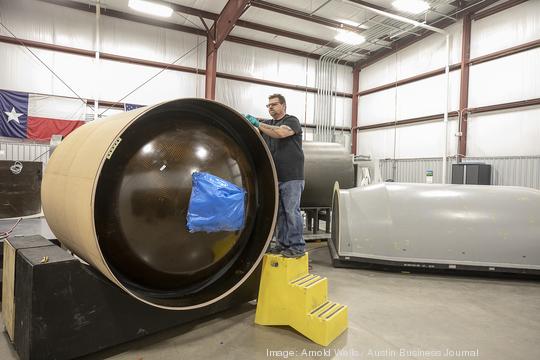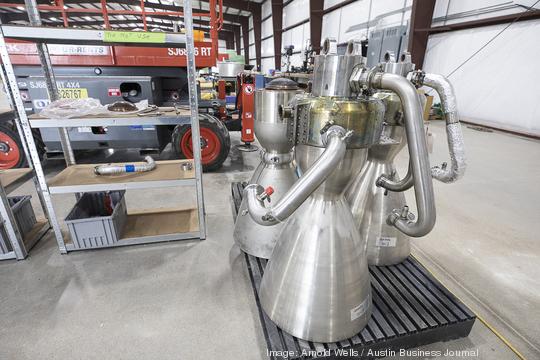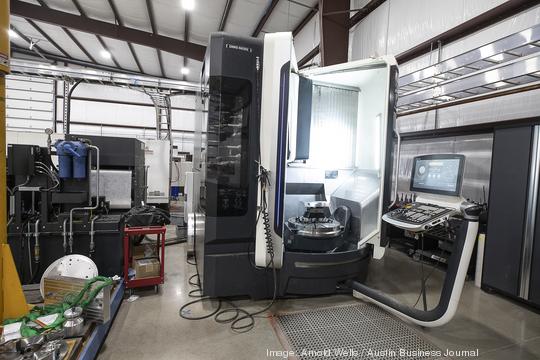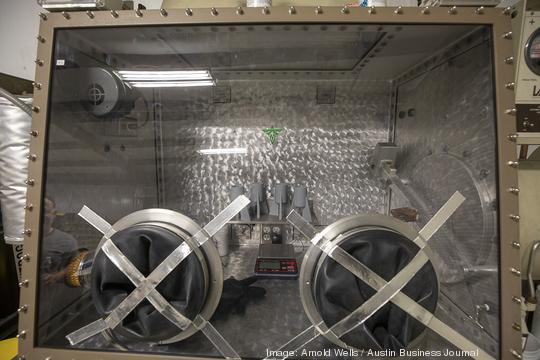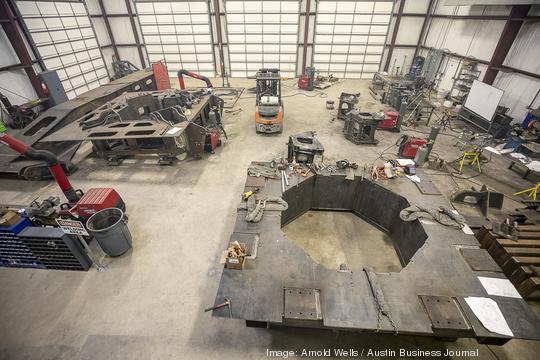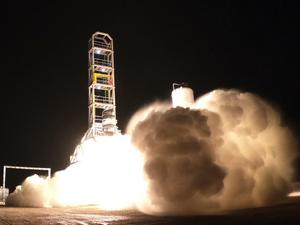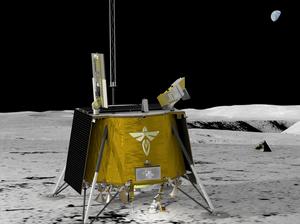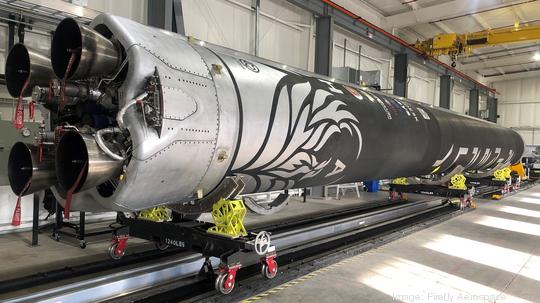
Since 2014, Firefly Aerospace Inc. has been building toward its goal to use midsized rockets to ferry commercial satellites into orbit. Next month, it plans to send its first rocket into orbit.
The maiden flight is just a test. But it would be a major milestone for Cedar Park-based Firefly, which in May raised a $75 million round of new funding and saw its valuation climb above $1 billion, catapulting it into the rare air of Central Texas unicorns valued at 10 figures or more.
On Aug. 18, Firefly plans to conduct a rocket run test fire of about 15 seconds at its testing space in Briggs, north of Cedar Park. After ensuring all systems are go, the company will send a rocket into orbit for the first time.
"We have a launch slot September 2 to actually conduct the first orbital flight attempt," CEO Tom Markusic said during an online conversation with the Austin Forum on Technology & Society on the evening of Aug. 3.
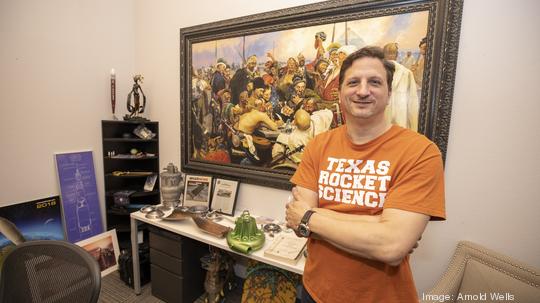
The launch will be at Vandenberg Air Force Base in California, where SpaceX and several other major aerospace companies also conduct launches. While Markusic set Sept. 2 as the launch date, it's worth noting blastoffs are often delayed or rescheduled due to weather and other factors.
Markusic said the company has hired a professional team to film and livestream the event. And he hinted that there's always a chance it will end in an explosion. You can watch the livestream on Sept. 2.
"One thing about Firefly is we're very transparent," he said. "So this is a test flight of a rocket, you know. At SpaceX we crashed three of them before we got it right. So it'll be an interesting show one way or another, and we're very transparent so hopefully we'll be able to stream all that live, for better or worse."
Firefly has said that it plans to raise up to $300 million in additional capital later this year, following the first orbital flight.
"Post launch we will embark on a second, larger round, that will enable Firefly to execute fully its business plan of new spacecraft and launch vehicle development," Markusic said in a statement back in May.
Slideshow: Take a tour of Firefly's Briggs test facility from early 2020
Testing rockets in rural Texas
Growth and future missions
The test flight comes during a period of rapid growth for the startup, which now has about 400 employees mostly located at Firefly HQ in Cedar Park.
"Our trajectory is straight up," Markusic said Aug. 3, noting the huge amount of capital the company has raised to reach this point. For example, the Firefly rocket sells for $15 million per vehicle.
"As far as our growth goes, I think over the next couple of years we'll probably be up over 1,000 people," he said. "We're growing all around the country. More launch sites. And we intend to expand overseas, as well."
In February, Firefly announced a launch services agreement with Exolaunch GmbH to integrate and launch multi-satellite clusters from Firefly’s Alpha rocket starting in 2022. That's in addition to launch agreements with SATLANTIS and Spaceflight Inc. that were announced last year.
While Firefly's initial mission was to deliver payloads into lower Earth orbit, its goals have expanded in recent months.
In two years, Firefly plans to land on the moon, which is part of a $93.3 million contract from NASA. The company announced in May that it awarded a contract to SpaceX to launch its Blue Ghost lunar lander in 2023.
Each future lunar mission will pay $100 million to $150 million, Markusic said.
"So it shows you how the exploration part of what we do is still incredibly important to the business," he said.
In a new wrinkle to the lunar mission, California-based startup LifeShip Inc. said this week it will send the DNA of Olympic and Paralympic medal winners to the moon for free, though it didn't name any athletes who have committed.
LifeShip calls itself a space genomics company that preserves records of humankind on the Moon, and it says it can bring DNA for up to a million people in its Moon-bound capsule. The company says it will send DNA of a person or pet to the Moon for $99, or send human ashes there for $399.
The DNA and ashes would be sent to the moon aboard Firefly's Blue Ghost lander.
